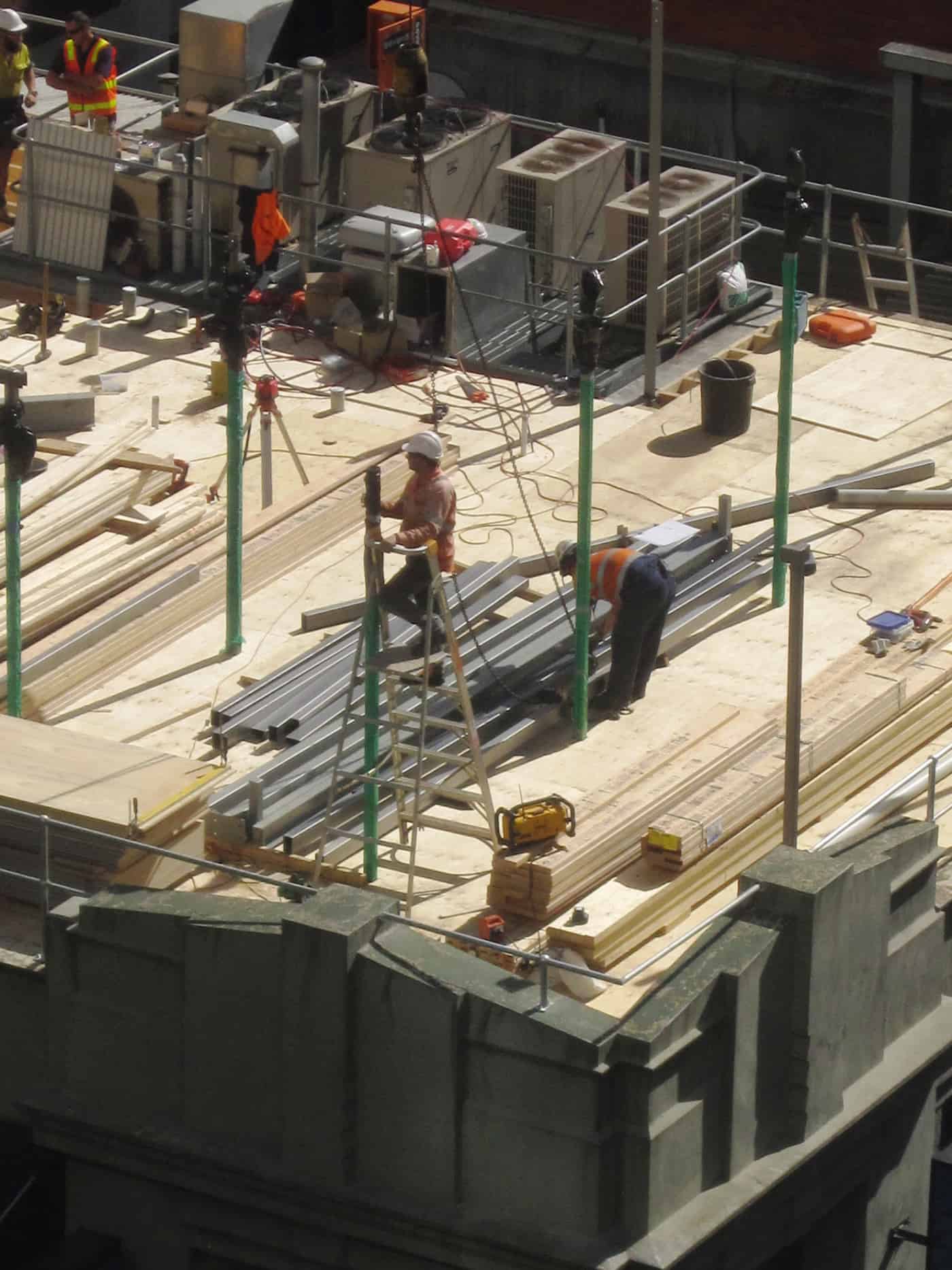In early September 2013 I was invited to participate in a panel discussion on the issue of working at heights. The “crisis summit” was reported on recently by Marian Macdonald. The videos of this panel are now available through the WAHA YouTube channel and all the separate videos are worth viewing. The video in which I first advocate for a focus on safety is embedded below.
The questions from the floor are included in the last video of the panel discussion. If the issue of working at heights seems dry it is worth looking at the video from the 4.30 minute mark. Several members of the audience take the Workcover NSW representative to task.

 The
The 

